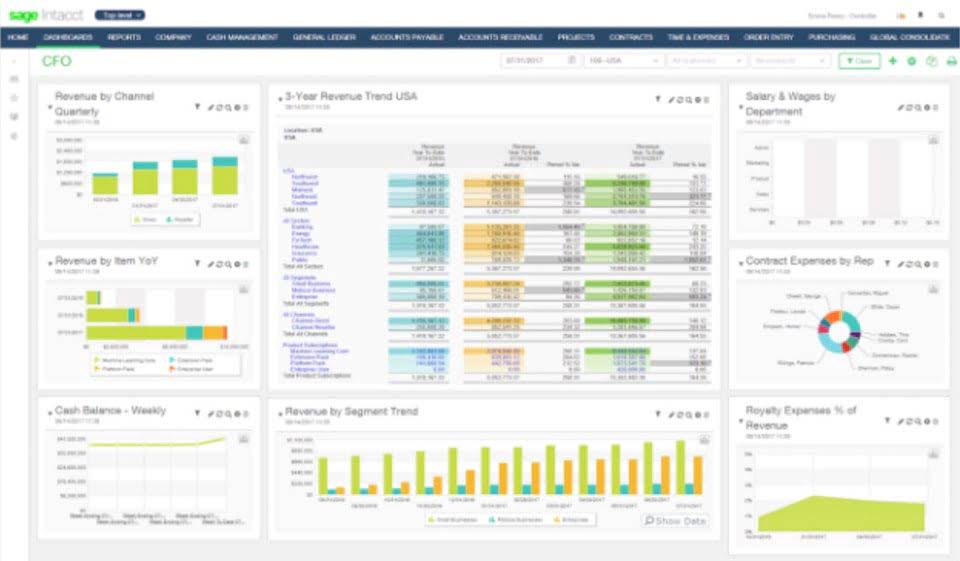
In the event of a liquidation or dividend distribution, preferred shareholders are paid first, followed by holders of common shares. Equity attributable to shareholders was $16.04 billion in 2021, up from $13.45 billion in 2020, according to the company’s balance sheet. A balance sheet can’t predict changes in the value of a company’s assets or changes to its liabilities that haven’t occurred yet. Increases or decreases on either side could shift the needle substantially when it comes to the direction in which stockholders’ equity moves. At a glance, stockholders’ equity can give you an idea of how well a company is doing financially and how likely it is to be able to pay its debts. That, in turn, can help you to decide if a company is worth investing in, based on your goals and risk tolerance.
Equity on a property or home stems from payments made against a mortgage, including a down payment and increases in property value. When an investment is publicly traded, the market value of equity is readily available by looking at the company’s share price and its market capitalization. For private entities, the market mechanism does not exist, so other valuation forms must be done to estimate value. At some point, the amount of accumulated retained earnings can exceed the amount of equity capital contributed by stockholders.
Dividends paid and net income
Companies may return a portion of stockholders’ equity back to stockholders when unable to adequately allocate equity capital in ways that produce desired profits. This reverse capital exchange between a company and its stockholders is known as share buybacks. Shares bought back by companies become treasury shares, and their dollar value is noted in the treasury stock contra account. Company or shareholders’ equity often provides analysts and investors with a general idea of the company’s financial health and well-being. Private equity generally refers to such an evaluation of companies that are not publicly traded.
A firm typically can raise capital by issuing debt (in the form of a loan or via bonds) or equity (by selling stock). Investors usually seek out equity investments as it provides a greater opportunity to share in the profits and growth of a firm. What remains after deducting total liabilities from the total assets is the value that shareholders would get if the assets were liquidated and all debts were paid up. When calculating the shareholders’ equity, all the information needed is available on the balance sheet – on the assets and liabilities side.
Other Forms of Equity
The accounting equation still applies where stated equity on the balance sheet is what is left over when subtracting liabilities from assets, arriving at an estimate of book value. Privately held companies can then seek investors by selling off shares directly in private placements. These private equity investors can include institutions like pension funds, university endowments, insurance companies, or accredited individuals. In the case of acquisition, it is the value of company sales minus any liabilities owed by the company not transferred with the sale. Share capital is the sum of funds invested in a firm by its owners, represented by common and/or preference shares.
- As a result, many investors regard companies with negative shareholder equity as dangerous investments.
- When a company generates or retains earnings, it can contribute to an increase in stockholders’ equity, potentially providing a buffer against debt and unexpected losses, among other factors.
- Home equity is often an individual’s greatest source of collateral, and the owner can use it to get a home equity loan, which some call a second mortgage or a home equity line of credit (HELOC).
- Therefore, cash or other liquid assets should not be confused with retained earnings.
- This reverse capital exchange between a company and its stockholders is known as share buybacks.
- This article addresses the question of what is stockholders’ equity and discusses its role and impact.
- Stockholders’ equity is a vital metric to gauge a company’s financial well-being and value for its shareholders.
For example, it may be difficult to assign a dollar value to the expertise and knowledge that a company’s CEO brings to the table. Likewise, the value of a brand can be equally how to calculate stockholders equity difficult to measure in concrete terms. If the same assumptions are applied for the next year, the end-of-period shareholders equity balance in 2022 comes out to $700,000.
Calculating Stockholders’ Equity
It comprises contributions by owners plus the accumulation of income produced by the firm and reinvested since its inception. An example of a stockholders’ equity is if a company has 300 million in assets and 200 million in liabilities, then the total stockholder’s equity is 100 million. Microsoft purchased Nuance Communications in 2022 for $19.7 billion, acquiring their conversational AI and cloud-based clinical intelligence services for healthcare providers. Microsoft paid $56 per share in an all-cash transaction, partly because of Nuance’s strong balance sheet with a stockholders’ equity of $1.6 billion as of Sept. 30, 2021. Microsoft anticipated that the acquisition would boost its earnings per share by 2024. With various debt and equity instruments in mind, we can apply this knowledge to our own personal investment decisions.

If a company doesn’t wish to hang on to the shares for future financing, it can choose to retire the shares. These earnings, reported as part of the income statement, accumulate and grow larger over time. At some point, accumulated retained earnings may exceed the amount of contributed equity capital and can eventually grow to be the main source of stockholders’ equity.